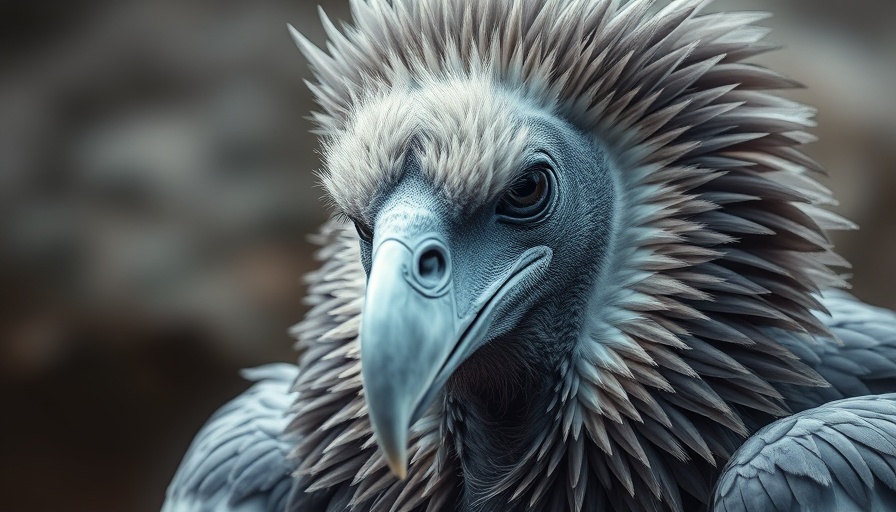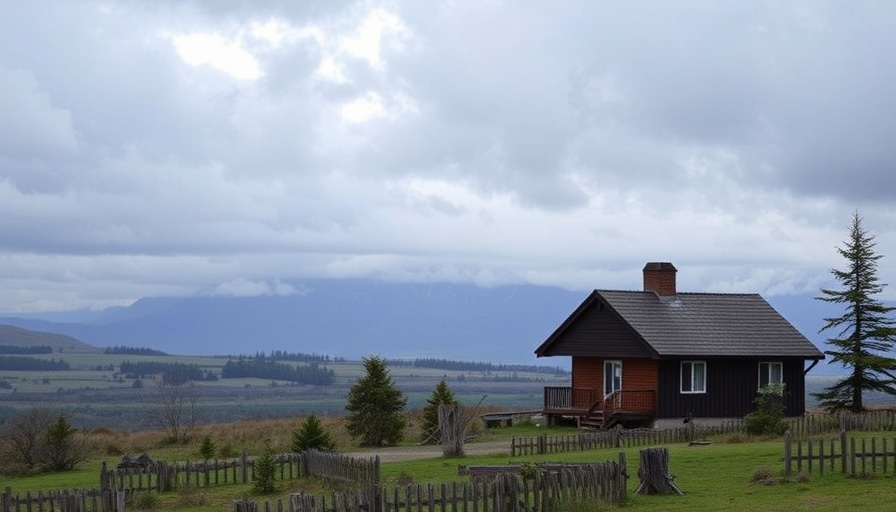
Discover the Tiny Marvel: The Sastrecillo
When it comes to avian wonders, few birds pack as much charm into their tiny frames as the sastrecillo (Psaltriparus minimus). Weighing in at just 5 grams—about the same as four paperclips—these diminutive songbirds hold their own among larger species. Found primarily in the suburbs of the western United States and central Mexico, the sastrecillo is not just adorable but also incredibly beneficial to gardens.
Nature's Little Pest Control
As these small birds flutter around, they don’t just enchant the eyes of onlookers; they also contribute significantly to pest control. Sastrecillos often travel in flocks, working together to feast on aphids and scale insects that can harm plants. In fact, setting aside pesticides for these natural gardeners allows nature to work its wonders while keeping your garden healthy and vibrant.
Fascinating Feeding Habits
The feeding behavior of sastrecillos is intriguing. Unlike larger insectivores that forage above branches and leaves, these little birds hang upside down, probing their environment for hidden insects and spiders. This unique feeding strategy allows them to access a food supply that many other species overlook, showcasing their adaptability and clever resourcefulness.
A Community in Flight
After nesting season, these birds often gather in flocks of 30 or more, making their way from bush to bush, their gentle calls creating a soft and soothing soundtrack of nature. Observing a flock of sastrecillos is truly a delightful experience, as they dangle gracefully like ornaments on a tree, reminding us of the charismatic treasures hidden within our gardens.
Conclusion: Why Sastrecillos Matter
The tiny sastrecillo, with its unique characteristics and essential role in garden ecosystems, reflects the beauty and complexity of nature. By embracing our local wildlife and allowing birds to thrive, we contribute to a balanced ecosystem. Next time you notice these miniature songsters flitting about, take a moment to appreciate their contributions and the joy they bring to our green spaces.
 Add Row
Add Row  Add
Add 




Write A Comment